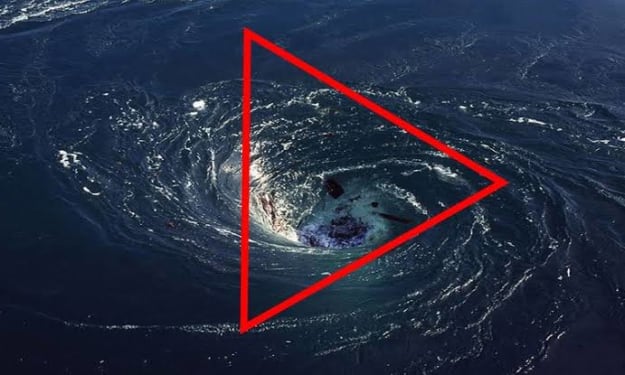Environment Design
Creating immersive worlds through art

In the realm of digital entertainment, the creation of immersive worlds that captivate and transport audiences is a critical aspect of game development. Environmental design, as an art form, plays a pivotal role in achieving this immersive experience. It involves the crafting of visually stunning and interactive virtual landscapes that engage players and elevate their overall gaming experience. In this article, we will delve into the significance of environmental design and explore the techniques employed by artists to bring these captivating virtual worlds to life.
The Power of Environmental Design
At the core of the gaming experience lies environmental design, which serves as the foundation for its entirety. A well-designed virtual environment has the ability to transport players to distant galaxies, ancient civilizations, or post-apocalyptic landscapes, enabling them to escape reality and wholeheartedly immerse themselves in the game's narrative. Through the meticulous arrangement of assets, textures, lighting, and sound, environment artists possess the power to elicit emotions, set the desired mood, and instill a sense of wonder in players.
Capturing the Essence
To create a truly immersive world, environment artists must strive to capture the essence of the game's concept and narrative. Thorough research, concept art, and collaborative efforts with the development team are essential in comprehending the game's vision and translating it into a visual form. By studying real-world references, historical contexts, and various artistic styles, artists can infuse their virtual environments with authenticity, depth, and a distinctive sense of place.
Crafting Realism and Fantastical Elements
Environmental design encompasses a wide spectrum, ranging from realistic to fantastical worlds, and artists must skillfully balance these elements. In realistic environments, meticulous attention to detail is imperative, encompassing accurate portrayals of architectural styles and precise recreation of natural landscapes. On the other hand, fantastical environments grant artists the freedom to transcend the confines of reality, enabling them to craft imaginative and visually stunning landscapes that defy the laws of nature. Striking the right balance is vital in creating a cohesive and believable world that resonates with players.
The Role of Lighting and Mood
Lighting assumes a pivotal role in environmental design, as it sets the mood and profoundly influences the overall atmosphere of the virtual world. Whether it's the warm, soft glow of a sunset or the eerie, dimly lit corridors of a haunted mansion, the careful placement of lights and shadows can evoke specific emotions and enhance player immersion. Environment artists must possess an understanding of lighting principles, including color temperature, direction, and intensity, to effectively convey the intended mood and create a visually captivating experience.
Interactivity and User Engagement
A truly immersive virtual world transcends static visuals; it invites player interaction and engagement. Environment artists incorporate interactive elements, such as physics-based objects, dynamic weather systems, and responsive non-player characters (NPCs), to breathe life into their creations. This interactivity allows players to forge a deeper connection with the environment, further enhancing their immersion and sense of agency within the virtual world.
Challenges and Future Directions
While environmental design is a rewarding pursuit, it is not without its challenges. Artists must navigate technical limitations, optimize performance, and seamlessly integrate assets within the game engine. Additionally, as technology advances, new possibilities emerge, such as virtual reality (VR) and augmented reality (AR), which present exciting avenues for pushing the boundaries of environmental design.
Environmental design stands as an art form that empowers game developers to construct immersive worlds that captivate and transport players. Through meticulous research, creativity, and technical expertise, environment artists craft visually stunning landscapes that evoke emotions and deeply engage players. The careful orchestration of assets, lighting, interactivity, and attention to detail culminate in an experience that blurs the line between reality and virtuality. As the gaming industry continues to evolve, environmental design will remain a vital aspect, pushing the boundaries of artistic expression and transporting players to increasingly immersive virtual realms.





Comments
There are no comments for this story
Be the first to respond and start the conversation.